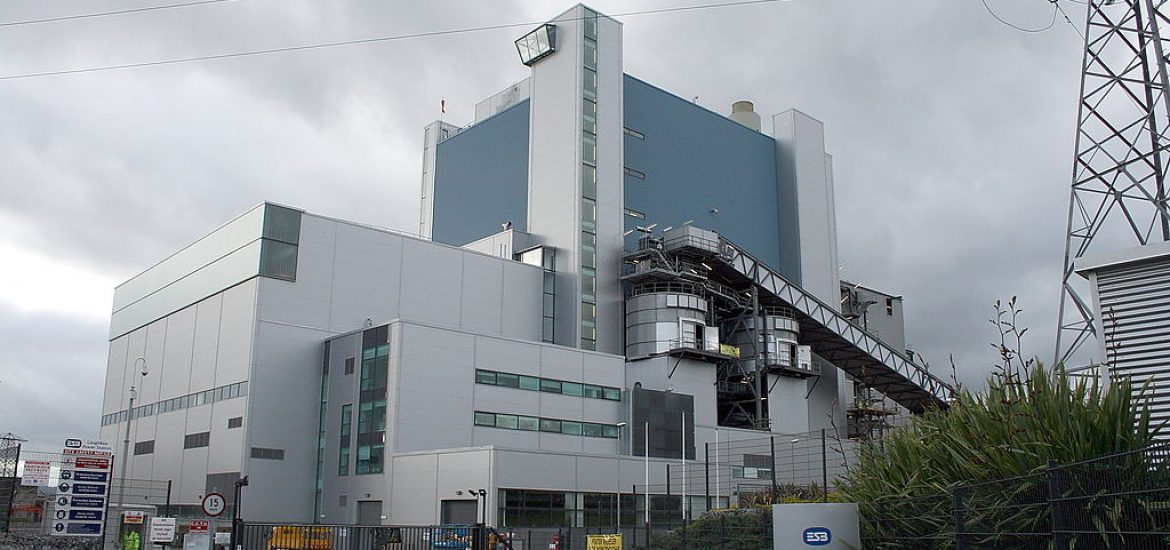
Air pollution in Ireland caused by the burning of wood, coal and peat for domestic heating is responsible for more than 1,100 premature deaths, according to government data.
A report by the Environment Protection Agency (EPA) shows air quality did not exceed legal limits in 2017 but pollution is still harming people’s health.
It said Ireland met all its legal standards for air quality last year at EPA monitoring stations, some areas failed to meet the more stringent World Health Organisation (WHO) levels.
The EPA said the level of dust in the air was a “growing concern”, especially during the winter when solid fuels like coal, peat and wood were heavily used. The health impact was more pronounced in rural areas and small towns.
Ireland was also reported to be above the WHO level for ozone.
The EPA suggested the WHO guidelines were the “new benchmarks for good air quality” and suggested they could be adopted as the EU’s legal standards. “Thus, it is imperative for Ireland to act now and improve our air quality,” said the report.
The EPA is seeking to expand Ireland’s air-quality monitoring network, with 38 automatic monitoring stations expected to be installed across the country.
Patrick Kenny, EPA’s air quality manager, said the programme was on track to create 16 monitoring stations by the end of December.
He said: “The choices that each of us makes about how we heat our homes, dispose of our waste and travel to work and school can directly impact on our air quality. Providing more localised, real-time air quality information will help people to be better informed when making these choices and will provide a better picture of what is impacting on our air quality.
“The National Ambient Air Quality Monitoring Programme, managed by the EPA, is on track to deliver 16 new monitoring stations and upgrade 10 existing monitoring stations to real-time monitoring by the end of 2018.”
The report said Irish air quality was consistently above the WHO guidelines for fine particulate matter (PM2.5). The European Environment Agency says PM2.5 has the greatest negative impact on the health of the Irish population, causing 1,100 of a total 1,150 premature deaths in 2015.
Director general of the EPA Laura Burke said: “We all expect that the air we breathe is clean but we cannot take this for granted. It is now time to tackle the two key issues impacting negatively on air quality in Ireland – transport emissions in large urban areas and emissions from solid-fuel burning across the country.
“The choices we all make as individuals affect the levels of pollution in the air we breathe which have an impact on people’s health and life expectancy,” Burke said.
Fine particulates were largely blamed solid fuels such as wood, coal and peat for domestic heating.
The report stated: “We are also approaching the EU limit value for nitrogen dioxide, a pollutant from transport emissions, in our urban areas, with the potential for future exceedances if we experience weather conditions that are unfavourable to the dispersion of air pollution for any extended period.”
Lanesborough, County Longford, Ireland. Picture credit: Wikimedia





